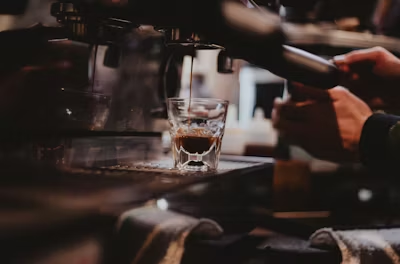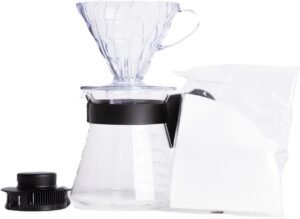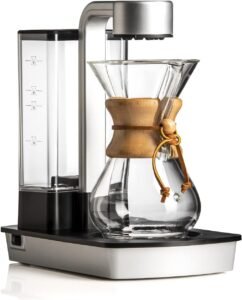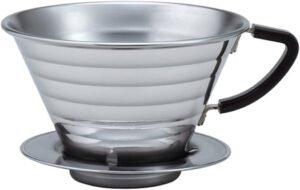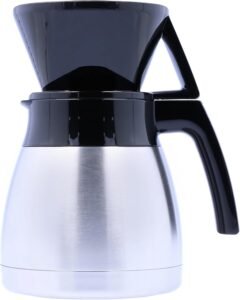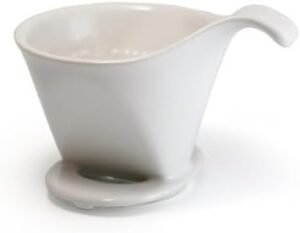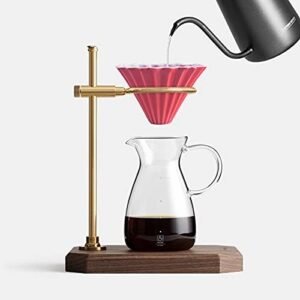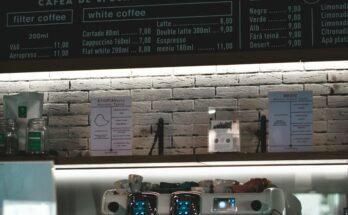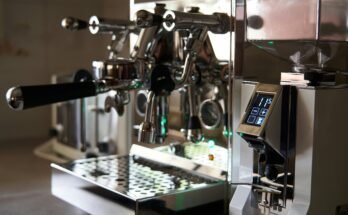Regarding espresso blending, pour-over espresso creators have gained significant popularity among coffee enthusiasts. This fermenting strategy stands out for its ability to create a rich, delightful cup of espresso with a complex cycle. In contrast to programmed trickle espresso creators, pour-over techniques offer more control over each blending aspect. For example, you can, without much of a stretch, change the water temperature and pour rate. Subsequently, this control brings about a more tweaked and fulfilling espresso experience. Whether you’re a fledgling hoping to investigate the craft of espresso making or an accomplished barista looking for the ideal cup, pour-over espresso producers offer something for everybody. To assist you with finding the ideal brewer, we present the absolute best pour-over espresso producers available. Everyone appreciates its remarkable elements and advantages, guaranteeing that you find the ideal counterpart for your espresso fermenting needs.
A pour-over espresso maker gives a manual and straightforward way to brew espresso. It entails pouring hot water over ground coffee beans positioned in a clear-out, which permits the water to extract the coffee as it flows through. Let’s break down the important factors and the brewing method.
Key Elements of a Pour-Over Coffee Maker
Dripper
- First and foremost, you want a dripper. The dripper holds the espresso grounds and filter, normally resting atop an espresso mug or carafe. Popular dripper designs consist of the cone-shaped Hario V60, the flat-bottomed Kalita Wave, and the wedge-formed Chemex.
Filter
- Next, you have the filter out. Filters are available in various substances, such as paper, metal, or fabric. Paper filters are the most common and help entice espresso oils and quality debris, resulting in a smooth cup of coffee.
Coffee Grounds
- Additionally, the best of your coffee grounds perform in a giant position. You have to grind the espresso to a medium-coarse consistency for the most advantageous extraction. Always remember that the freshness and first-class quality of the espresso beans extensively impact the very last flavor.
Kettle:
- Moreover, a kettle is important. A gooseneck kettle is favored as it provides specific manipulation over the water flow pressure and course, which is crucial for even extraction.
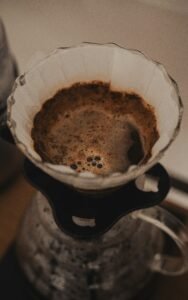
Brewing Process
Now, let’s dive into the brewing system.
Boil Water
- First, you want to boil water. Heat the water to just below the boiling point, ideally between 195°F and 205°F (90°C and 96°C).
Rinse Filter
- Next, you need to rinse the filter. Place the filter in the dripper and rinse it with hot water. This step eliminates any paper taste and preheats the dripper, carafe, or mug.
Add Coffee Grounds
- After that, you may add the coffee grounds. Measure the ideal quantity of coffee grounds and add them to the filter. A not-unusual ratio is 1 gram of espresso to 15–18 grams of water, depending on your choice.
Blooming
- Then, proceed to the blooming section. Pour a small amount of water over the grounds, just enough to saturate them, and permit them to sit for approximately 30 seconds. This step permits the coffee to bloom, freeing gases and making it ready for extraction.
Pouring
- Following the bloom, you pass directly to pouring. Slowly pour the new water over the coffee grounds in a round movement. Start from the center and pass outward, then go back to the middle. Continue pouring in intervals to keep a regular water stage in the dripper.
Extraction
- Finally, you reach the extraction section. The brewed espresso will drip through the clear glass into the carafe or mug. This entire technique has to take approximately three to four minutes for a fashionable cup.
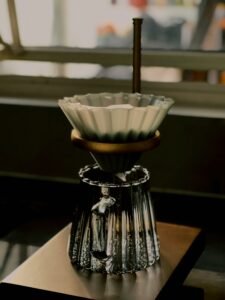
Advantages of Pour-Over Coffee Makers:
Control: You have full control over the brewing technique, allowing you to modify variables like water temperature, pour rate, and brew time to suit your flavor.
Flavor: Pour-over coffee commonly has an easy, vibrant, and complicated taste profile because the method allows for precise extraction.
Simplicity: The approach is simple and requires a minimum system, making it available for domestic use.

